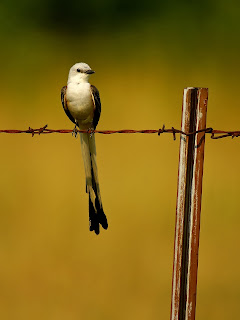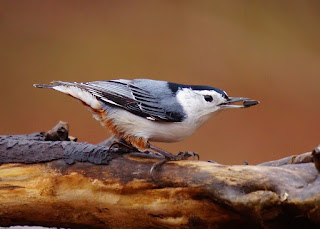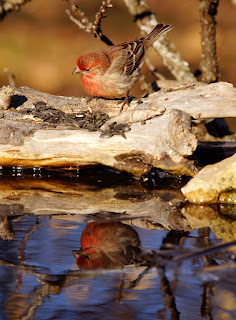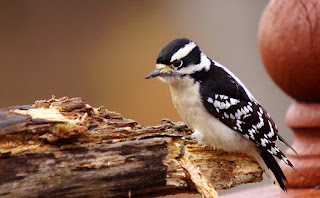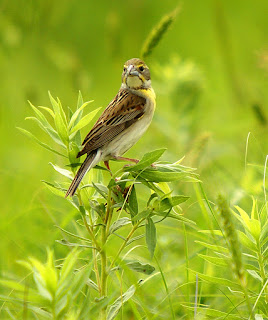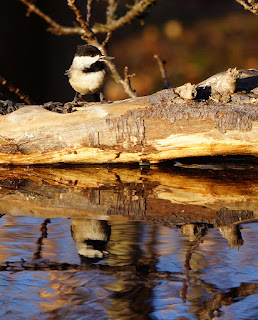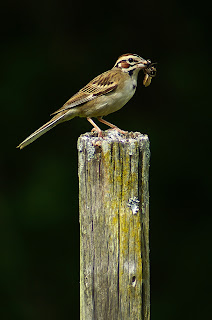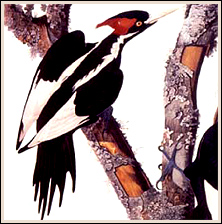I have for most of my life been fascinated with aviation.
No, I am not a pilot…wish I was…but, too many other obligations over the years
prevented me from pursuing this life-long desire. However, as a photographer I do
have opportunities from time to time to photograph some of the historical
aircraft that have appeared through the years. Here in Bowling Green we are
fortunate to have a nicely conceived and constructed aviation park with several
amazing aircraft on display. One of them happens to be the Northrop T-38 Talon Supersonic
Jet Trainer. It looks like it is going fast even while sitting on the ground
and is a beautiful example of an important development in jet powered aviation.
Our night photography group spent a couple of hours this
week photographing this beautiful aircraft. What we wanted to do was to capture
its sleek design elements in a unique way and avoid the cliché and obligatory snapshot
of an airplane sitting on the tarmac. The purpose of this shoot was to allow
our night photography team to gain some experience shooting with speed lights
and to see firsthand just how creatively powerful and versatile they are.
Creating the shot
required more thought and effort than most typical photographs. The idea was to photographically eliminate most of the ambient light thru the
exposure settings, then bracket the T-38 with speed lights, allowing the
resulting light to display its form. What we wanted to accomplish was to
capture a single final photograph with a unique and powerful look.
Eliminating the ambient light was not difficult as it was
already dark except for some residual light bleeding into the area. We started
with an ISO of 200 and a shutter speed of 1/15th to 1/20th
of a second. We used various lenses between us, I used an 18mm to 50mm f/2.8
lens settling on a 35mm setting at f/5.0 for the final shooting configuration. The
idea behind these settings was simple: By eliminating photographically the
ambient light, all you had to do then was to use camera settings that would
capture the light from the speed lights. So, in essence you were exposing for
the speed lights and not the background light. By doing so, you then gain full control
of the light. Using slight exposure adjustments and/or speed light adjustments,
you can affect the final look of the image to achieve what you are wanting to
create.
Setting up the shot: The
idea then was to bracket the T-38 with light, but use the tarmac as part of the
light source by bouncing the light off it, and also to create a frame of light surrounding the
aircraft. We used seven speed lights fired remotely from the camera. Two lights
were clamped to the back edge of each wing, both with a warming gel attached. These
were pointed straight down to bang against the tarmac.
One light was placed inside the front wheel well and pointed
down and back to act as a flood light against the tarmac. This spread the light
in an even arch around the front part of the airplane.
On either side just outside and slightly in front of the
wing tips we used two more lights. These were held by two of our crew. These were
pointed at an angle toward the front edges of both wings to provide a ribbon of
light across the front and top of the wings.
One light was place behind the T-38 and held high on a pole
to shoot some backlight and rim light across the aircraft. A final light was placed on a tall
stand just off camera to one side and pointed toward the front of the airplane to provide a slight kiss of
light across its bow so it would not revert to total black.
After that it was a matter of getting all the lights to sync
up and fire at the same time. Because we had combined two transmitters to fire
the two different sets of lights, we had a bit of difficulty getting all the
lights to behave properly on each shot. We ended up setting my four lights, the
wing lights, tail light, and wheel well light, to be triggered as slave units
and fire optically from Jason’s light which worked very well indeed. Each of us
then in turn took our photographs using the transmitter attached to our respective
camera. We shot from a ladder to provide us a higher up perspective so our
vantage point could be looking slightly down on the aircraft. This also made a
bit more of the thin wing visible and gave us an eye to eye level view looking
into the cockpit.
In the end I believe we achieved what we set out to accomplish. Some of the team with previous limited exposure to using speed lights received their first real quality instruction on the possibilities of this photographic tool. We also introduced the idea of creating a single look shot and how trial and error come into play when setting up a shot like this one. Most importantly, we got the shot, and that ultimately was why we were there.
































